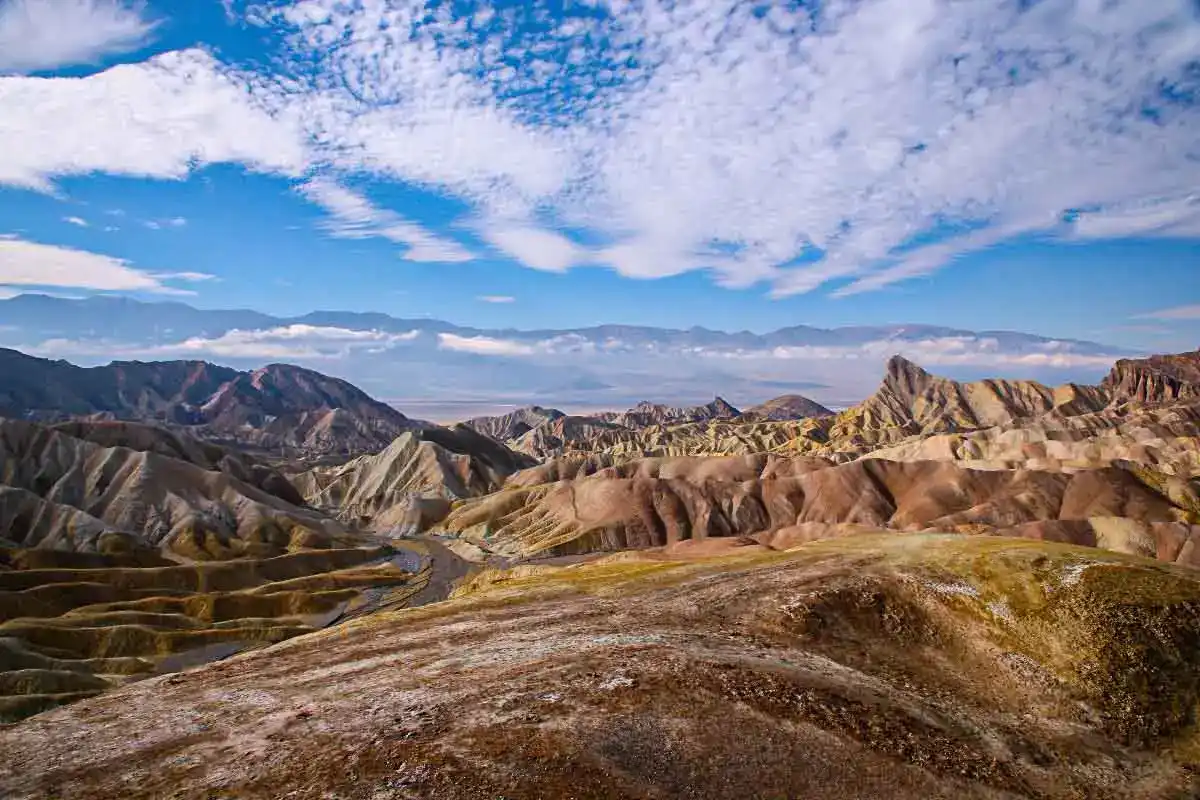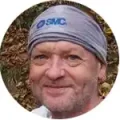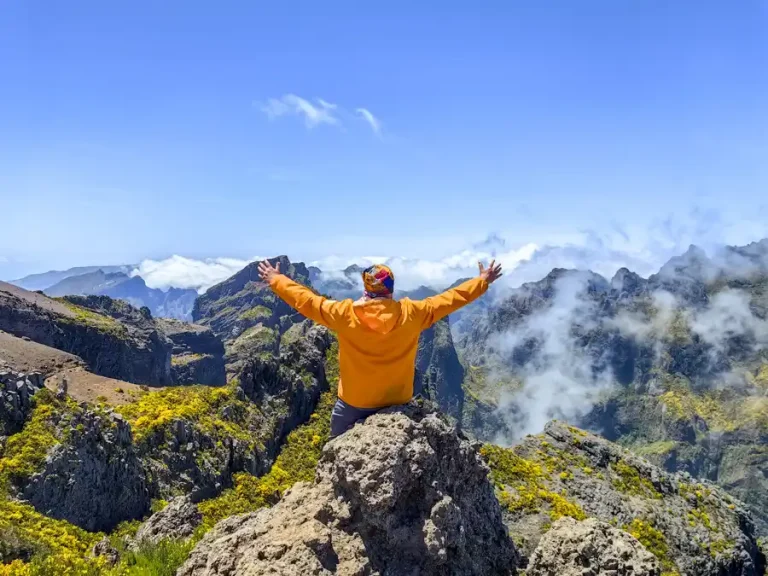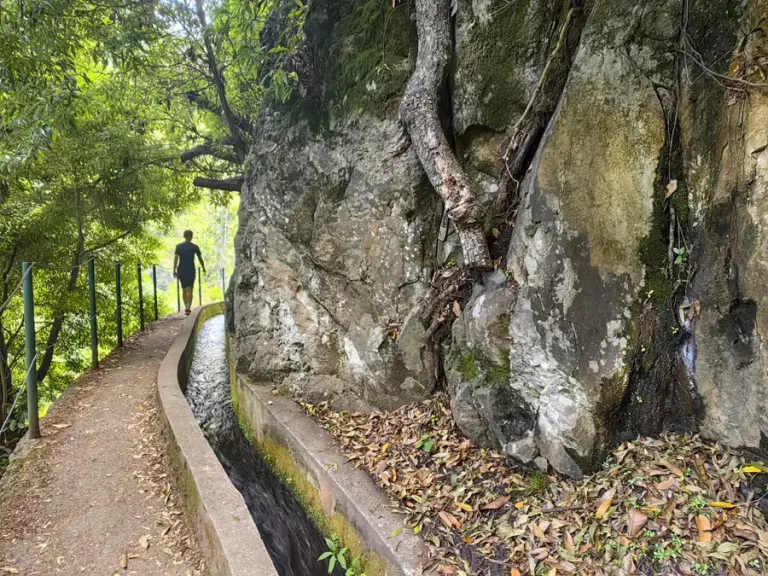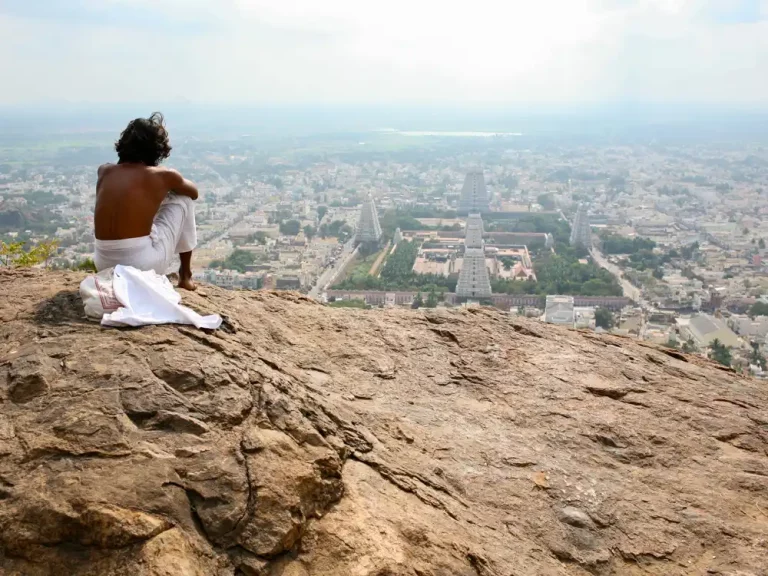Who wouldn’t know Death Valley from Indian books or encyclopedias? This naturally climatically harsh part of America, and indeed of the globe, is uncompromising. The heat and the cold are not for everyone. 🙂
However, only some people know that one of the toughest ultras in the world, the Badwater Ultramarathon, is run here, starting at the lowest point in the United States, almost 900 meters below sea level. My friend Dan Orálek was the first Czech to run and finish this 217 km long affair, finishing 10th (in 2010).
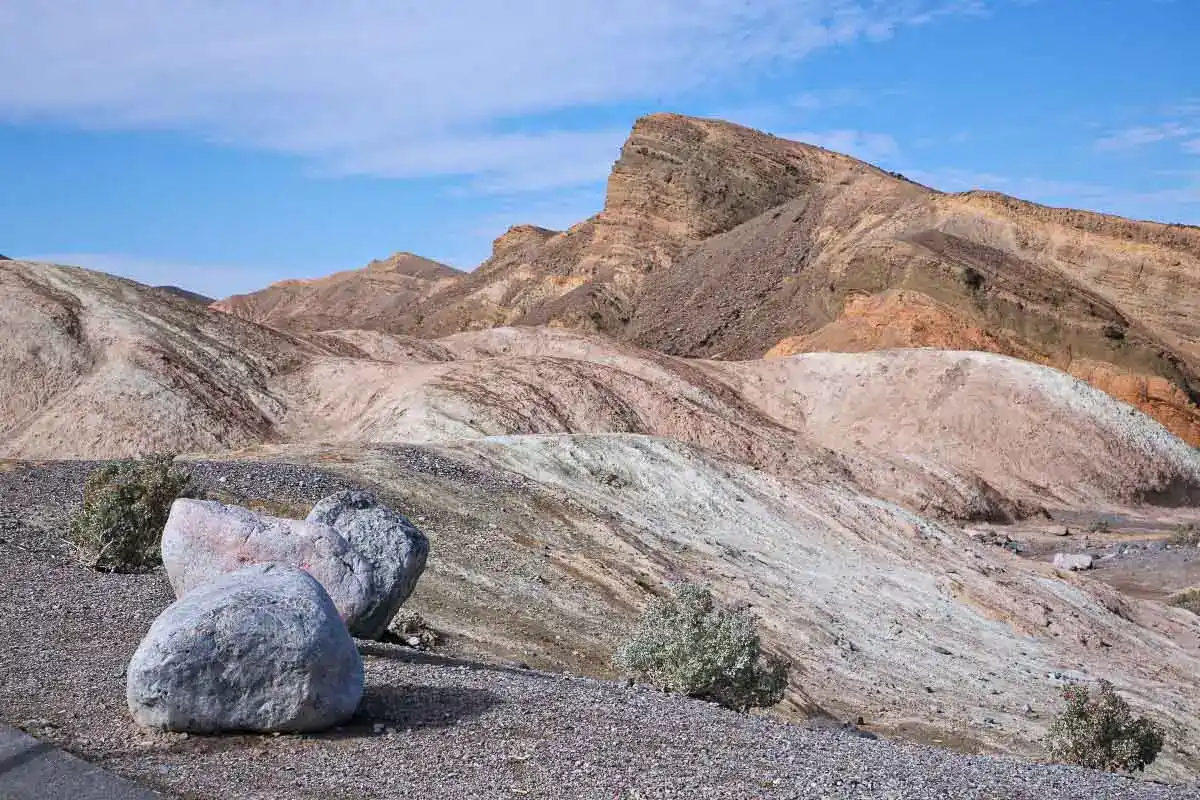
I was looking forward to getting to know the place, breathing the salty air and feeling the genius loci, the atmosphere and the inner movement. My expectations were fulfilled. I ran a symbolic 1 km here and felt part of it.
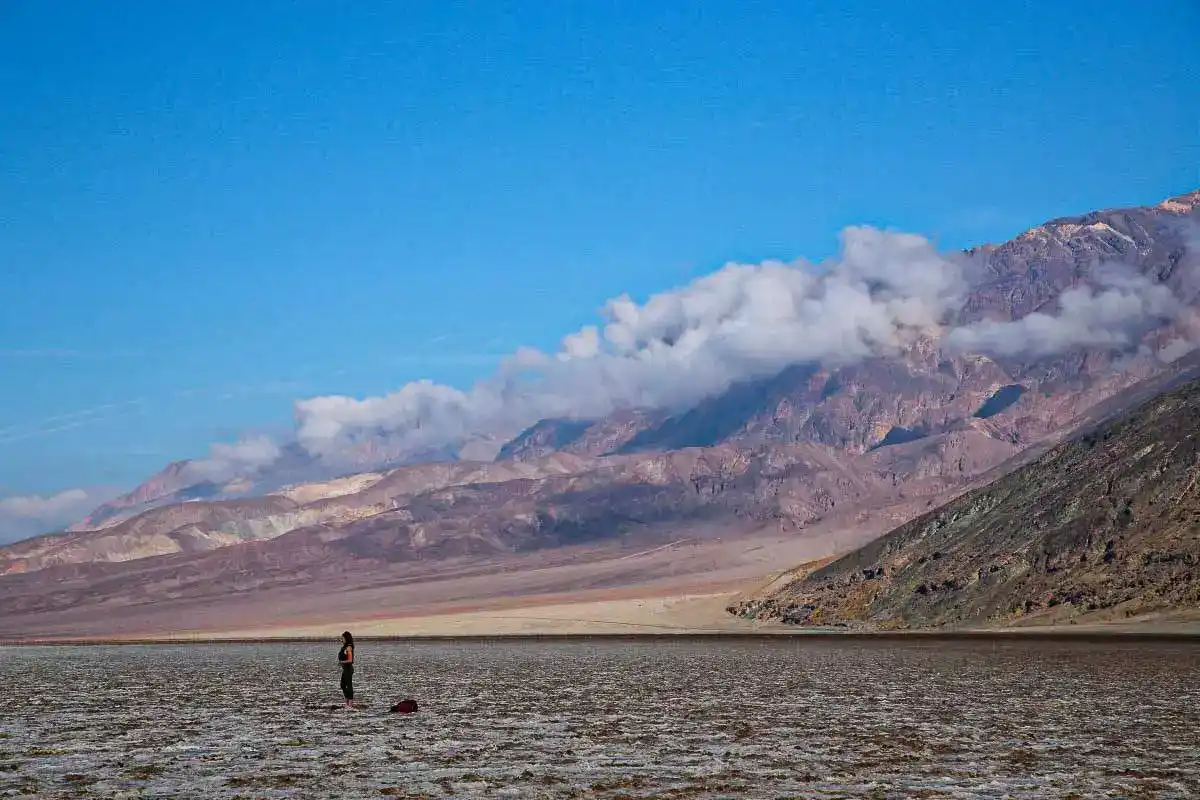
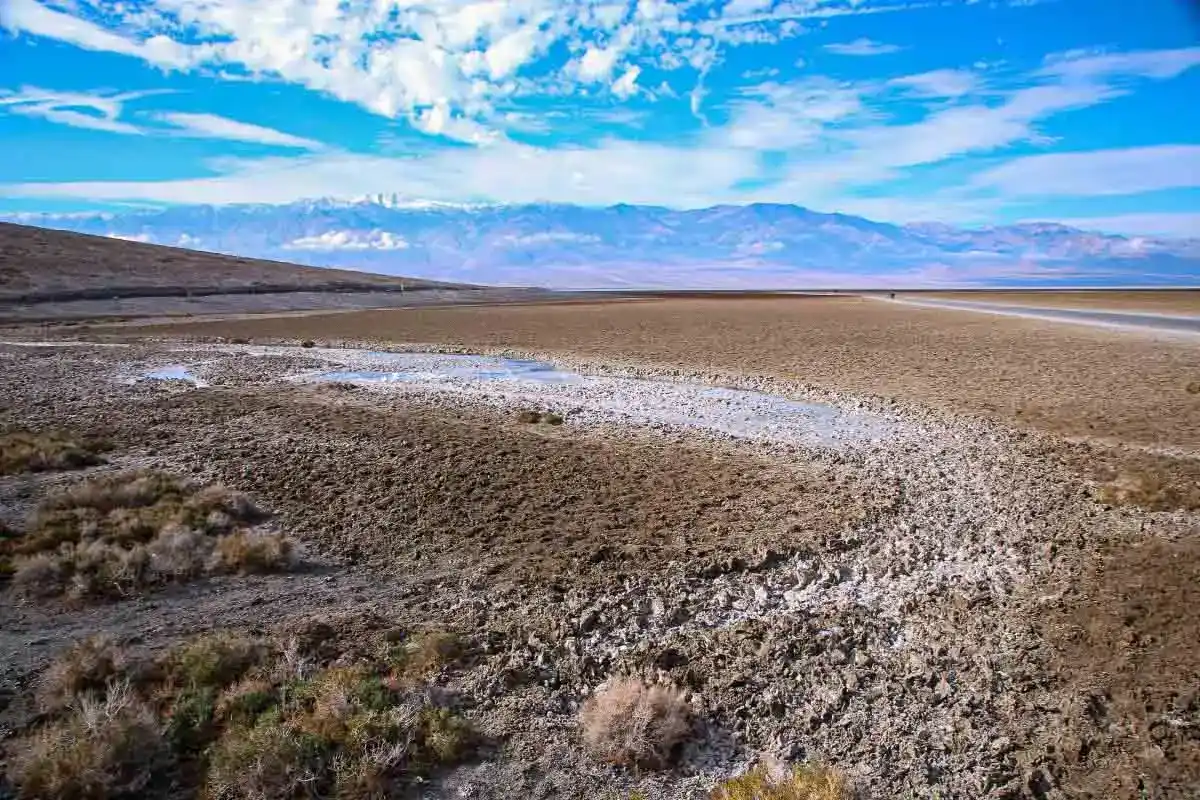
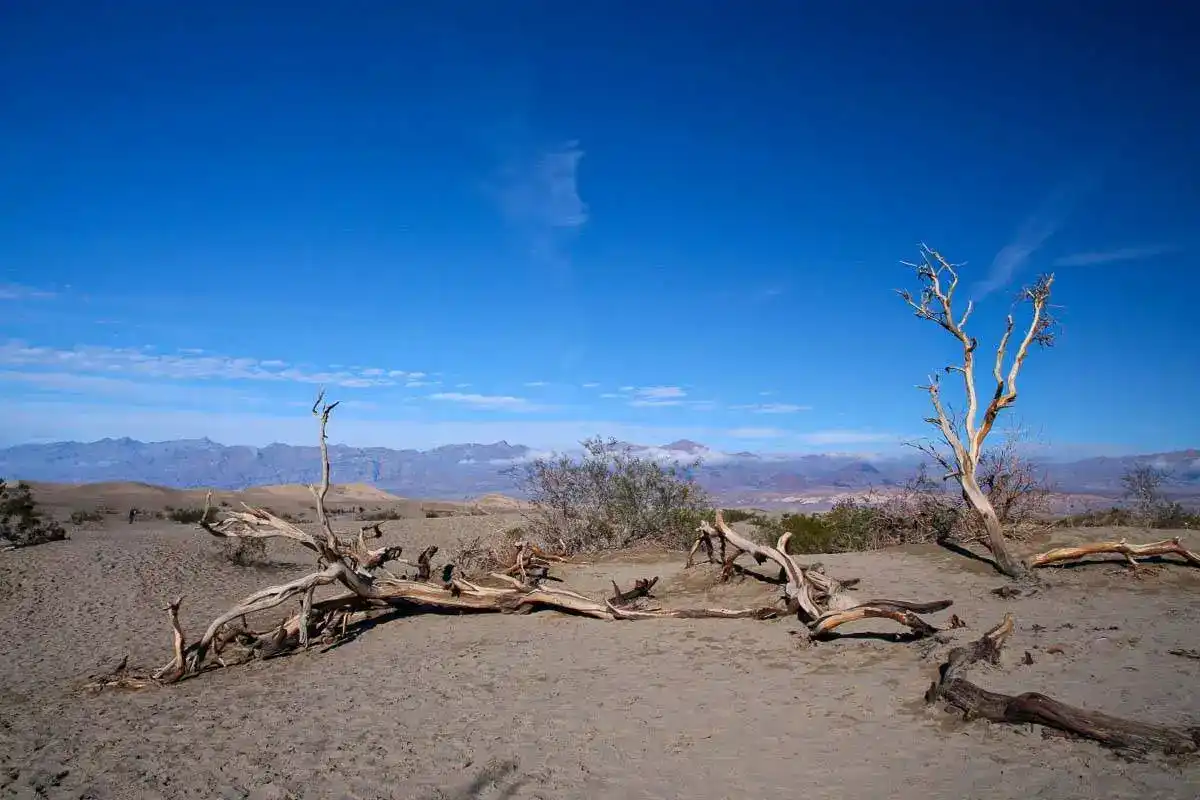

Death Valley
Required ride. The scenery here is very diverse and picturesque to the point of fantasy. One of the most amazing places in Death Valley is Zabriskie Point, also known for a perfect Michelangelo Antonioni film. Mountains, hills, stone, moonscape, beauty, experience.
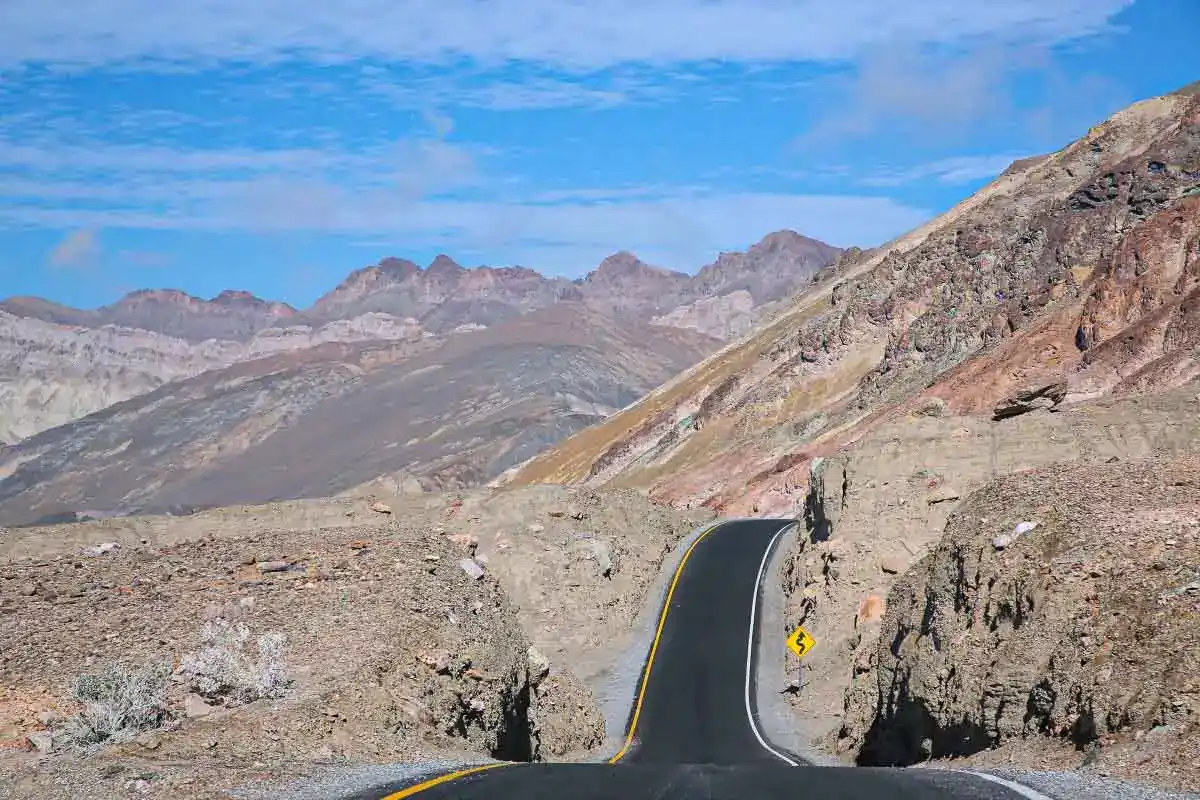
Death Valley is the hottest, driest and lowest national park in the USA and perhaps the world.
The lowest point, nearly a mile below sea level, the constant drought and record summer heat make Death Valley a land of extremes. Yet each extreme has a remarkable contrast. The towering peaks are snow-capped in winter. Rare thunderstorms brighten vast fields of wildflowers. The lush oases hide tiny fish and shelter wildlife and people. Death Walley – A place where air-cooled motor vehicles are banned in summer.
The reason? The heat.
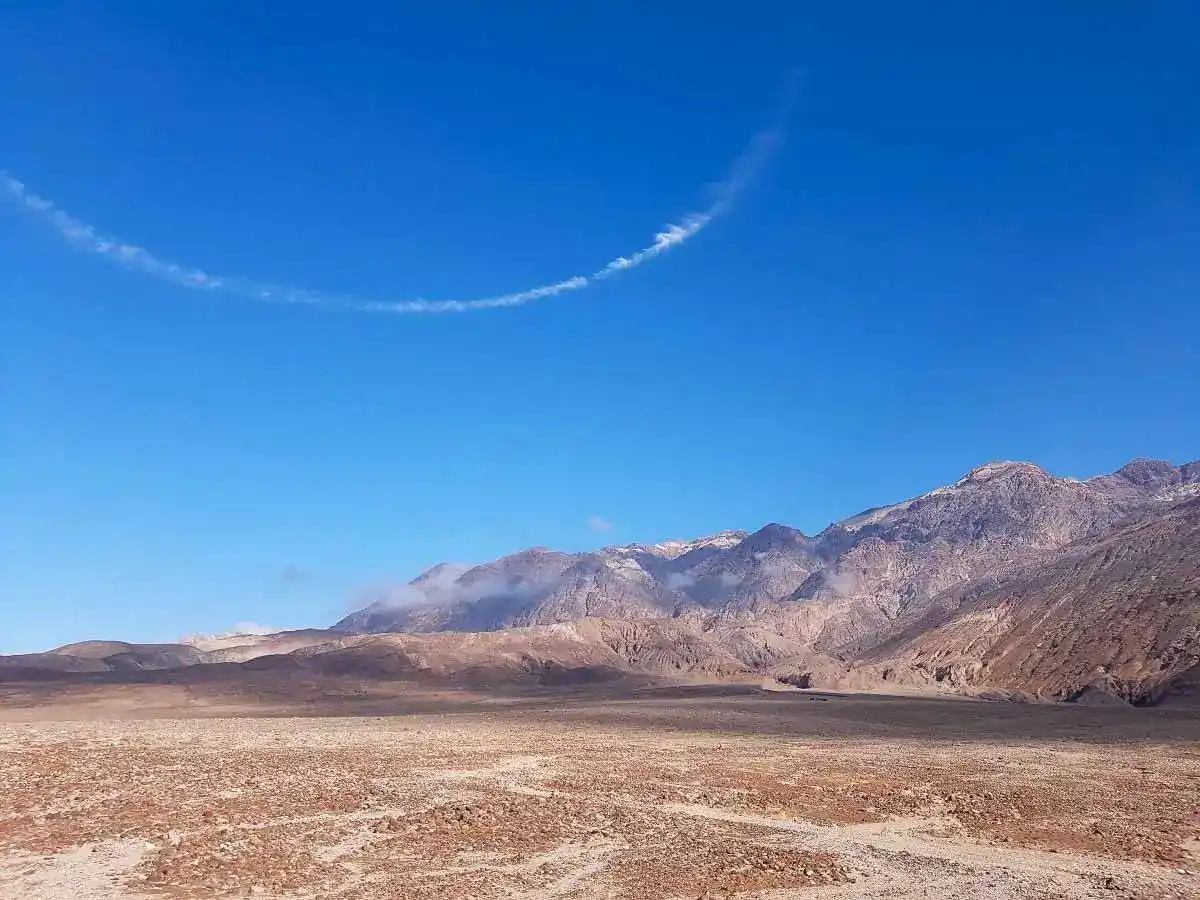

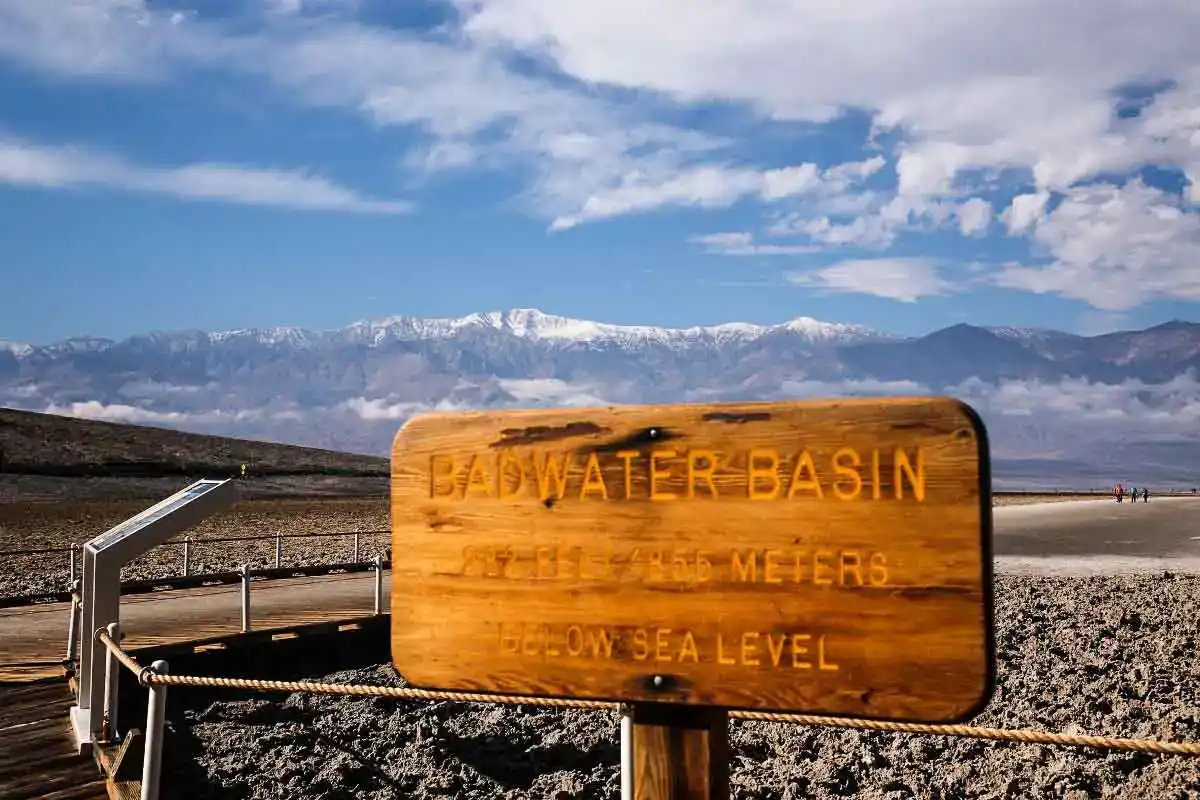
One of the few civilized stops is Scotties Ranch. One of the few places where you can stay and freshen up – a green oasis in the middle of a dead zone. The first time I was there, we had a solid meal of woodpeckers. They were falling from the trees. In addition to the woodpeckers, they also grow wine here. 🙂
Symbols of Death Valley
If you wanted to boil down the symbolism of Death Valley into a few points, they would be – ghost towns, 20 Mule Teams, mines, hot as hell, vast salt and sand flats and gorgeous mountains, the deepest place under the sea, and Zabriskie Point.
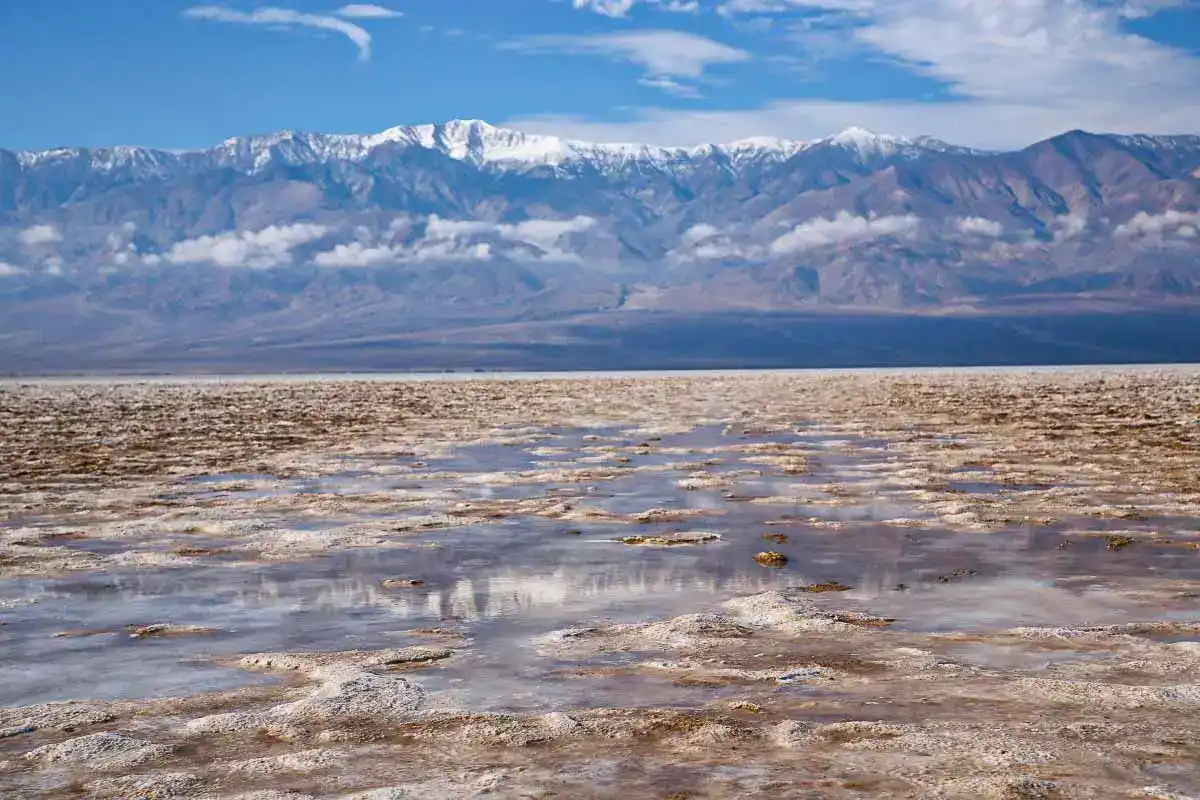
Twenty Mule Teams
The symbol of a caravan of wagons pulled by 20 mules fits the Death Walley logo. The Borax mining company “Harmony Borax Works” created the life and subsequent popularity of the Furnace Creek area, where temperatures routinely hit 50°F. After borax was found near Furnace Creek Ranch (then nicknamed Greenland) in 1881, William T. Coleman built the Harmony plant and began processing the ore in 1884. When the Harmony Borax Works was in operation, it employed 40 men who produced three tons of borax daily.
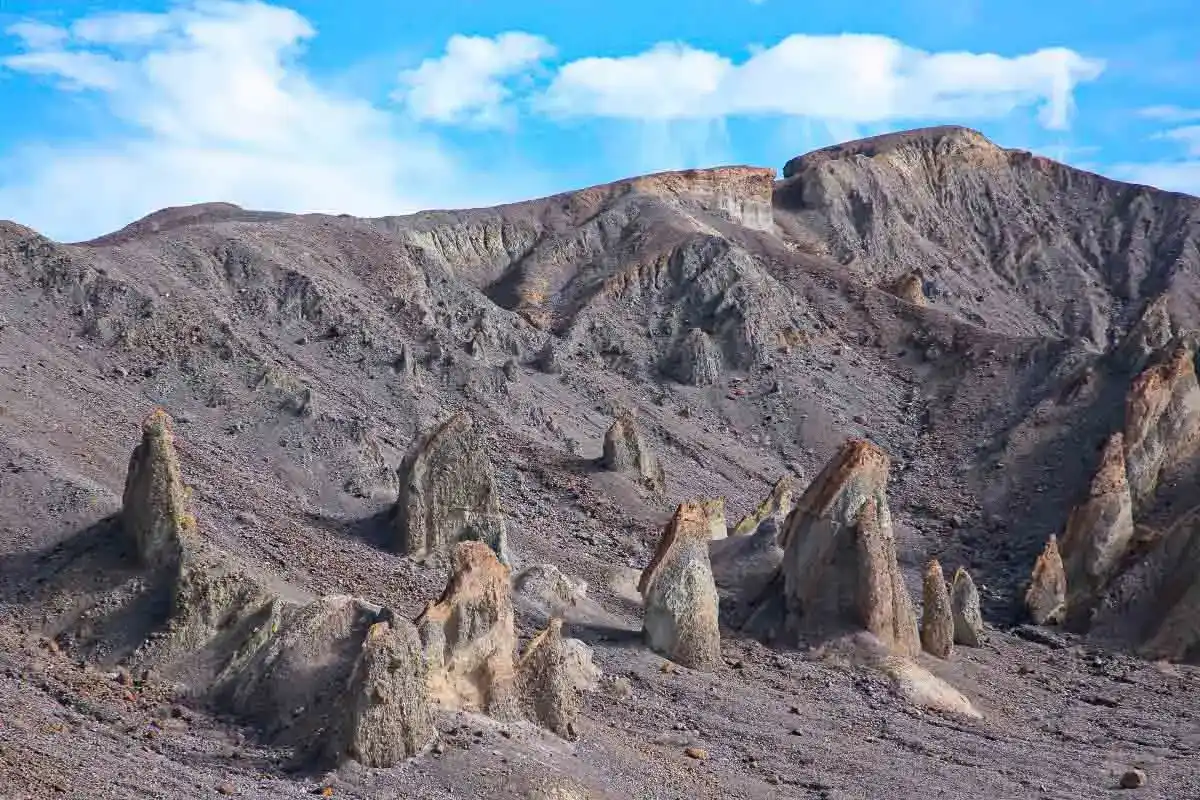
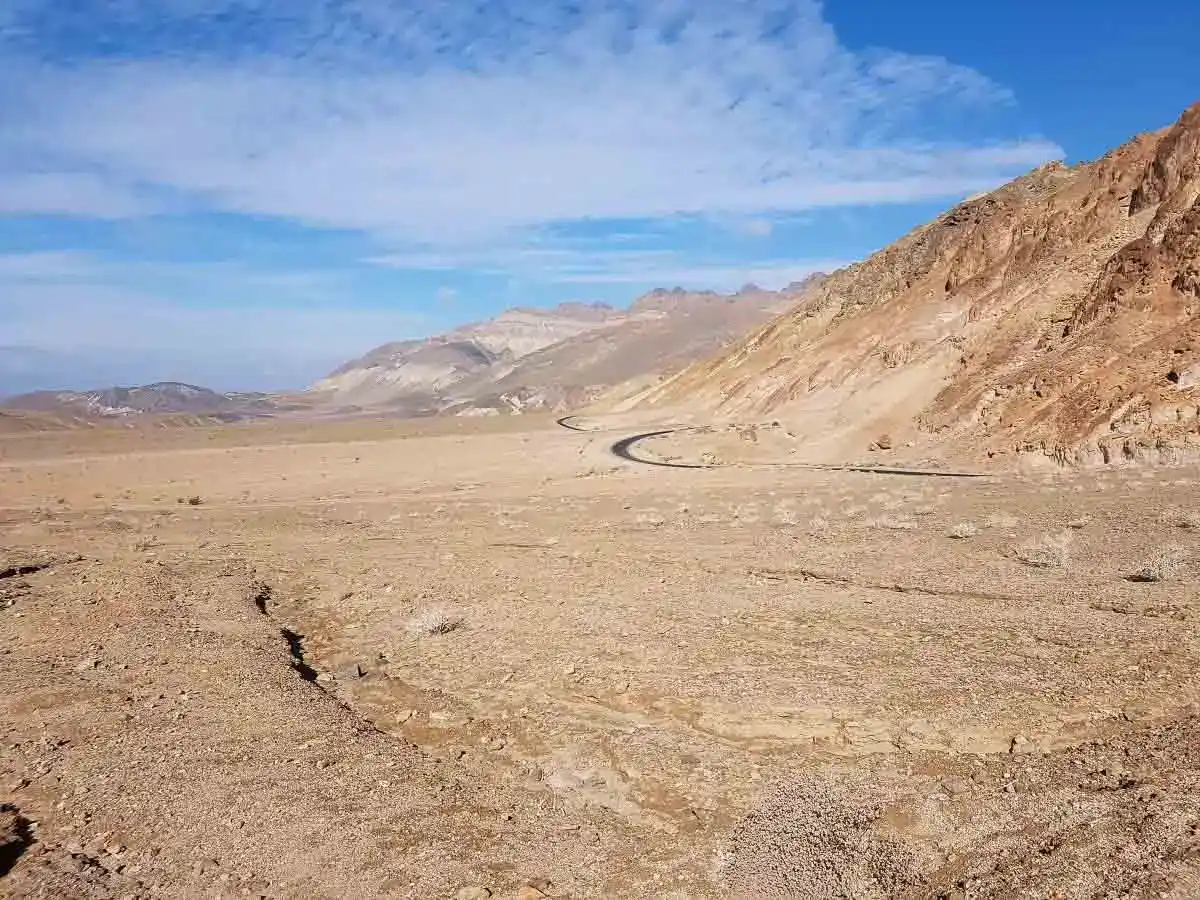
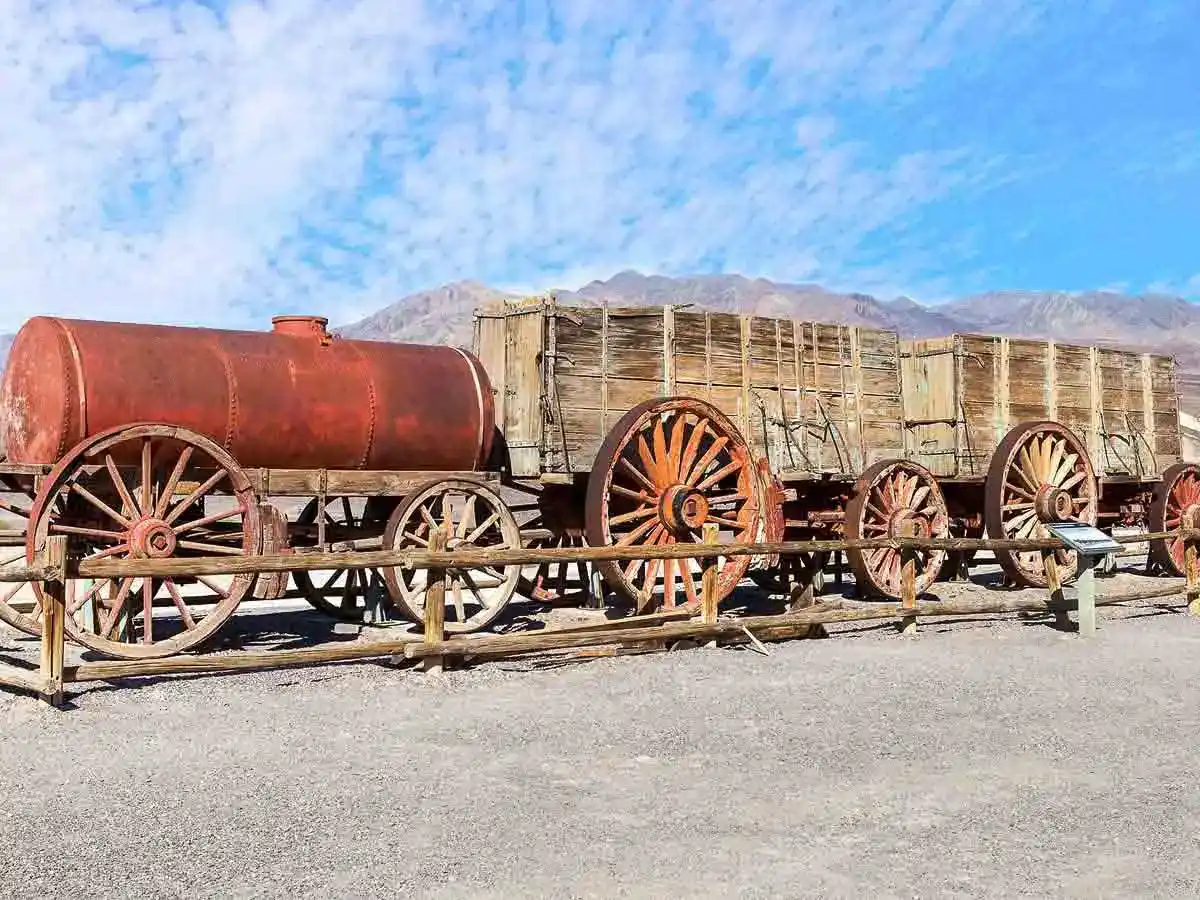
The factory worked for only five years. The reason? The insane heat killed people and heated the water so much that the ore couldn’t be processed.
So they started hauling it out in massive mule wagons to a rail yard near Mojave. Each mule-drawn wagon travelled for ten days along a primitive 165-mile-long canyon road. But the Borax wasn’t the only mining in Death Valley.
Keane Wonder Mine
There are more than 18,000 gold mining prospects throughout the valley. From December 1903 until 1907, the Keane Wonder Mine was fully operational and symbolised the peak of the gold rush. During the height of mining, 70 tons of gold ore were mined here daily. But like everything else, the heat of hell stopped it. The summer temperatures were killing people (guess what the name came from) and causing the equipment to overheat. And so, after all that, all that was left were ghost towns.
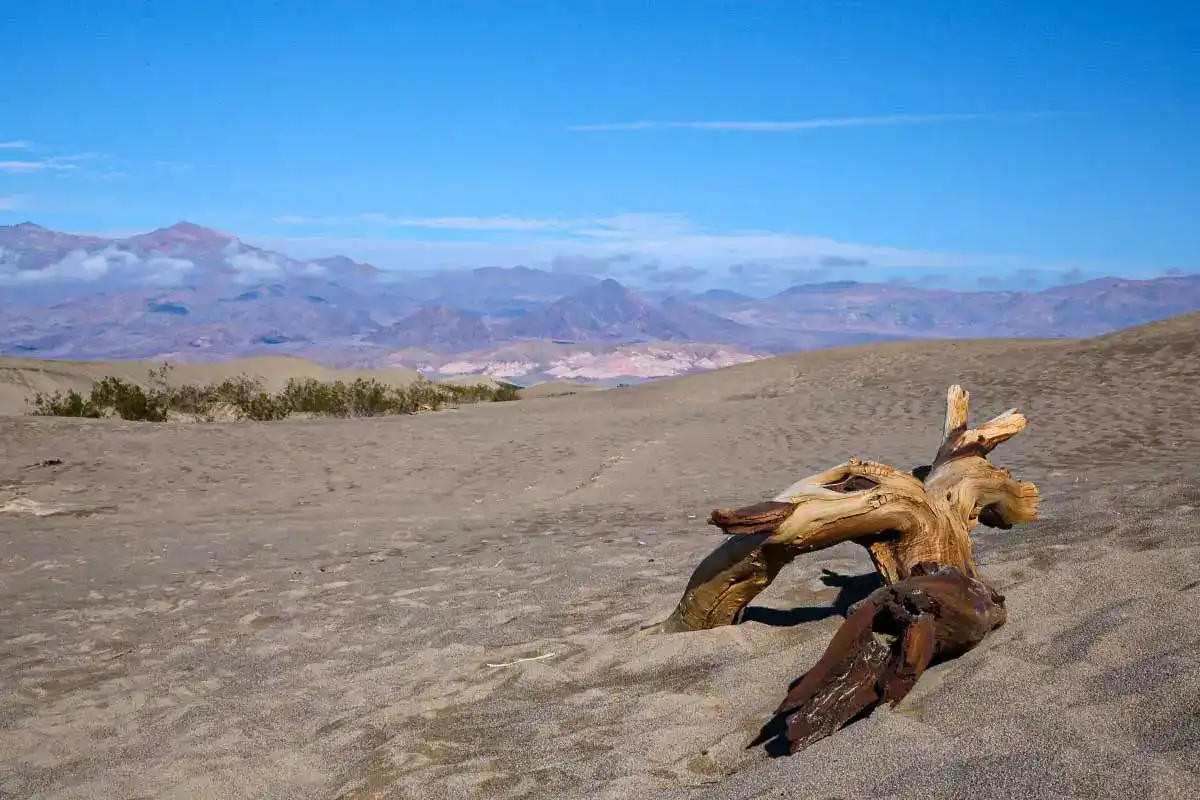
Ghost towns
Ballarat, Greenwater, Harrisburg, Leadfield, and Panamint City, are just a few remnants of the golden and Borax dream in Death Walley.
“I hear it’s just a ghost town now – abandoned and dilapidated buildings. That happened to many of the towns I worked in in the early days, but no one would have thought it possible back then. Even now, it’s hard for me to believe that owls are swooping over those old bars where we used to line up for drinks and huckleberries are growing in the streets,” lamented Frank Shorty Harris in a 1930 tourist guide.
Today, in many ghost towns, you’ll find retro folklore in the form of bars and period-dressed actors and history buffs. They’ll give you a proper rip-off, too.



Zabriskie Point
It was formed by the gradual erosion of sediments from Furnace Creek Lake, which dried up more than 5 million years ago, long before Death Walley was formed. Near the top, you’ll find several trails that open up an awe-inspiring landscape. The harsh, drought-plagued, sun-baked slopes around Zabriskie Point support almost no vegetation. The few downpours that rarely come in this area erode the rocks, creating chasms and gullies that still reshape the landscape. The views from Zabriskie Point are impressive in every direction. To the northeast, Manly Beacon rises behind waves of yellow and orange badlands. To the beacon’s right are the distinctive cliffs of the Red Cathedral.
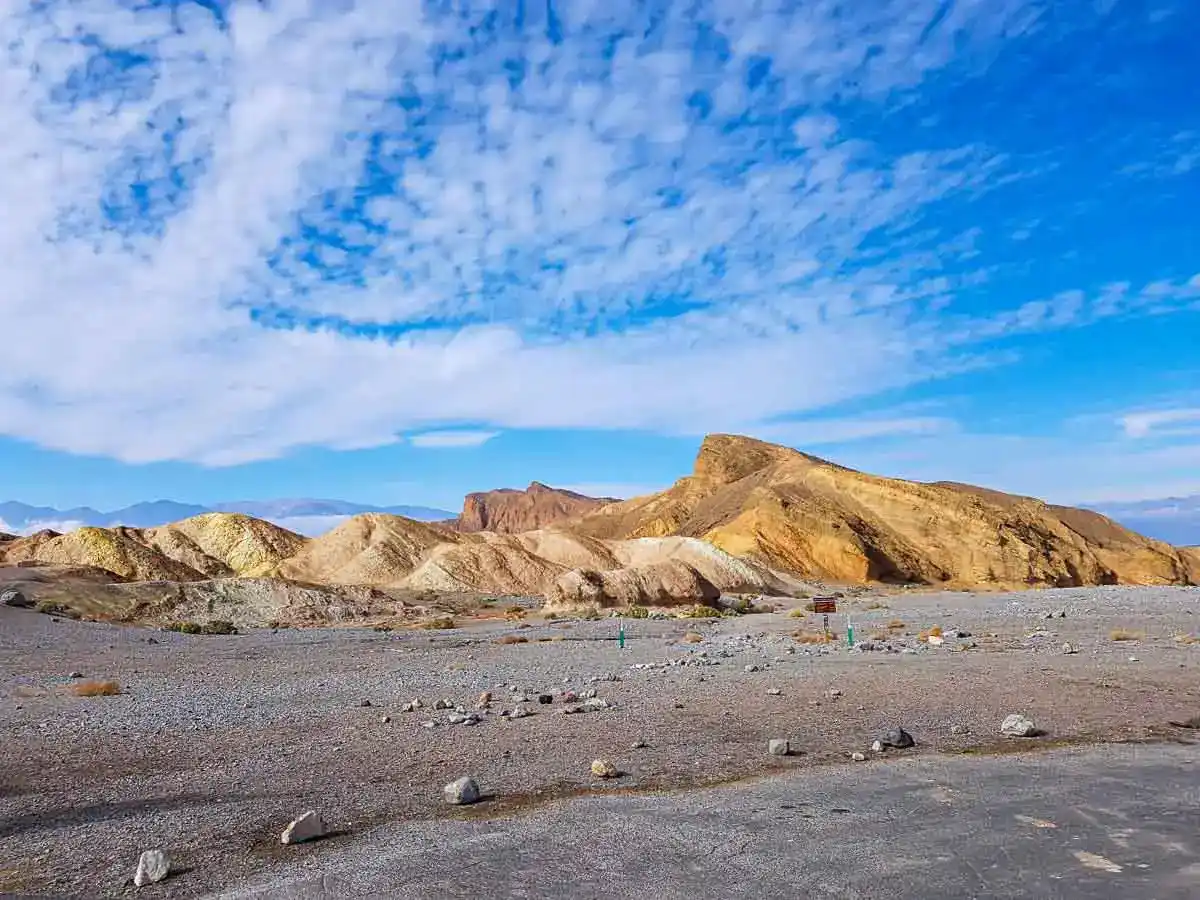
Zabriskie Point is just a short walk from Furnace Creek, stopping at Dante’s View. A mandatory stop on any first trip to Death Valley. The best time to visit Death Valley is a must drive. It’s early in the morning when the light is best.

